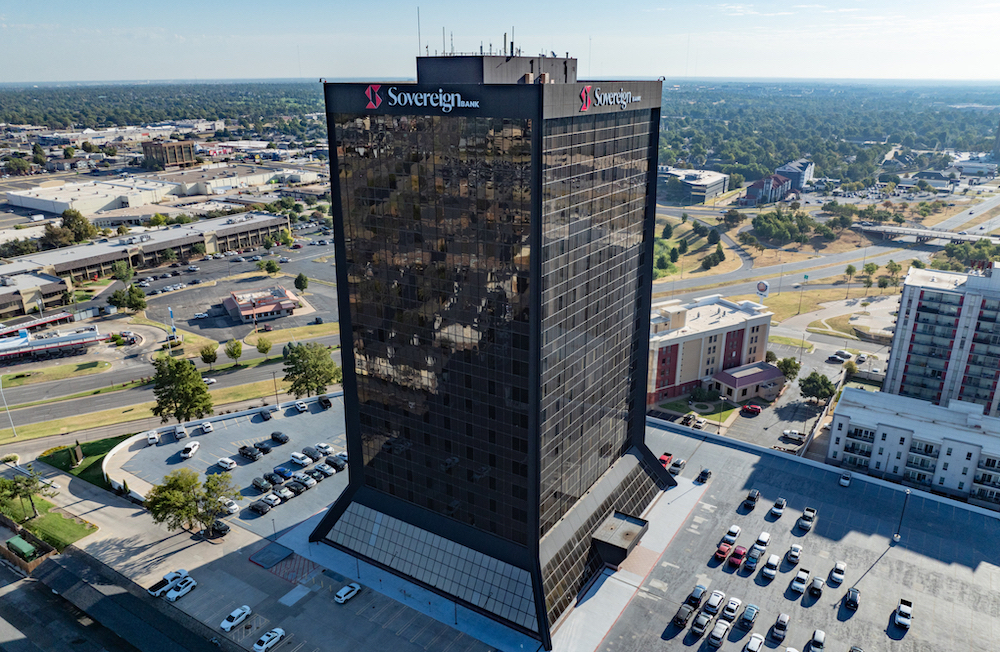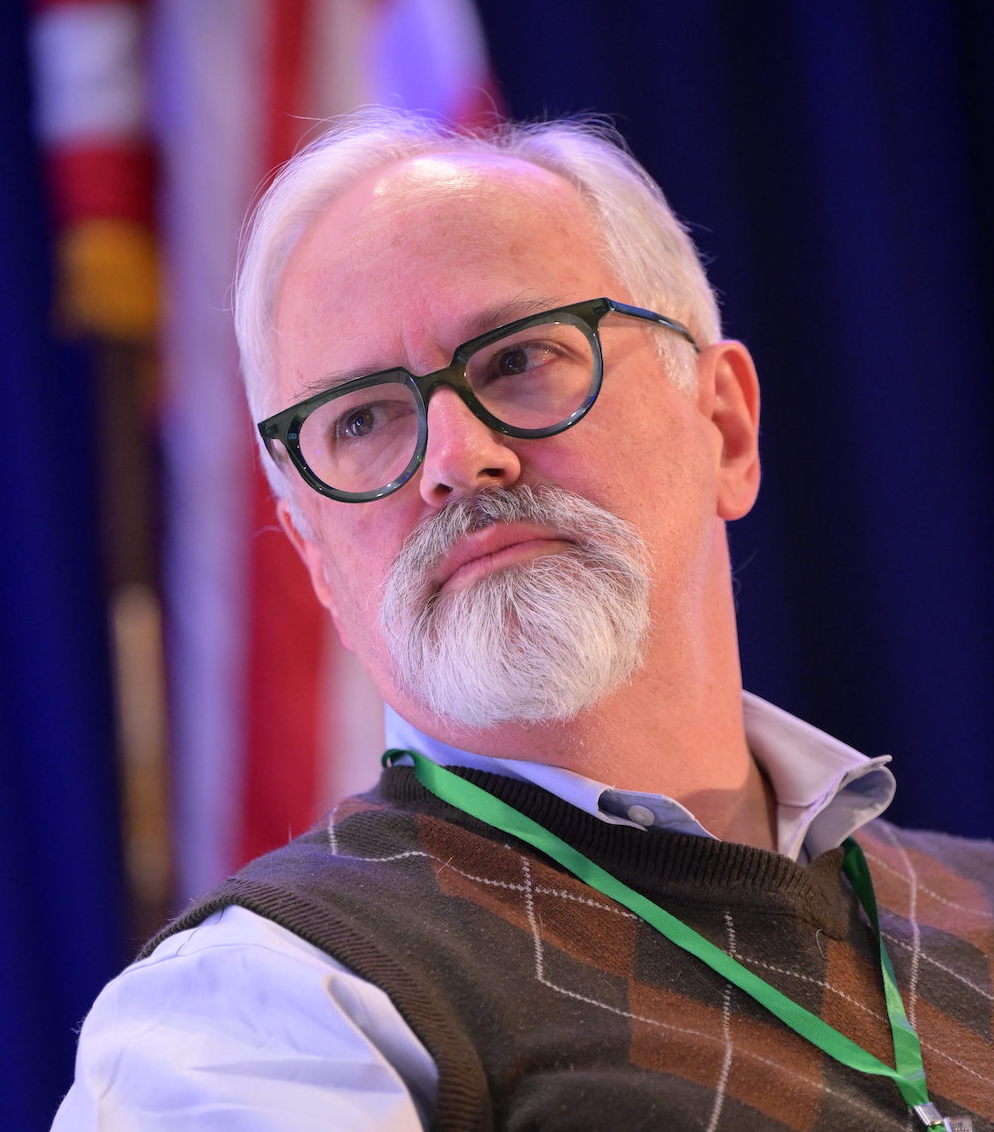
- Details
- By Brian Edwards
- Finance
Native American banks are delivering billions in loans to tribal communities despite being severely undercapitalized compared to their peers, according to a new report highlighting their outsized role in closing credit gaps.
The report, titled “Cultivating Economic Sovereignty: Native MDIs,” offers a comprehensive analysis of Native-owned banks and their role in financing development across Indian Country. Released May 22 by the National Bankers Association at its Native American Banking Symposium, the study draws on a deep base of research, citing more than two dozen sources—including federal banking data, U.S. Census statistics, and prior work by the Center for Indian Country Development, the GAO, and the National Community Reinvestment Coalition.
With just 20 Native MDIs across the country, these Native-led banks now manage more than $9 billion in assets and are credited with raising life expectancy, expanding credit access, and anchoring economic resilience in some of the country's most underserved areas, according to the report. They operate alongside a broader Native financial infrastructure that includes credit unions and 69 certified Native community development financial institutions (CDFIs), which also provide capital and financial services in underserved tribal communities.
While Native banks represent only a fraction of the broader MDI and community banking sectors, they now collectively hold nearly $6 billion in loans and over $7 billion in deposits. Their total assets have tripled over the past six years, growing from $3 billion in 2018 to more than $9 billion at the end of 2024.
Gateway First Bank is the largest Native MDI with $1.9 billion in assets, followed by Citizen Potawatomi Nation-owned Sovereign Bank at $1.2 billion. Gateway First Bank was founded in 2000 by Kevin Stitt, the current governor of Oklahoma and an enrolled member of Cherokee Nation. Stitt and his family retain ownership through a family trust managed by an independent trustee to avoid conflicts of interest. They are the only two Native MDIs with assets exceeding $1 billion, while the other Native banks hold an average of $350 million in assets, according to the study.
The banks focus primarily on real estate lending, which represents two-thirds of their collective loan portfolios. Mortgages account for 27.7% of lending, followed by commercial real estate at 26.3% and construction loans at 12.2%. Commercial and industrial lending represents another 17.4% of their portfolios.
More than half of Native MDI branches operate in Native Land Areas, where residents face significant economic challenges. The report found that average income in these communities is $58,000—well below the national benchmark of $78,500. Poverty rates reach 17.7%, compared to 12.4% nationally.
Native American households have the highest unbanked rate in the country at 12.2%, according to the report. However, life expectancy in communities served by Native MDIs is 69 years—three years longer than the national Native American average of 66.
“In too many Native communities, access to credit remains limited and the private sector has historically overlooked investment opportunities,,” Nicole Elam, president and CEO of the National Bankers Association said in a statement. “Native MDIs are trusted institutions, rooted in the communities they serve, and uniquely positioned to drive economic growth and self-determination.”
Nine Native MDIs are owned outright or hold majority ownership by tribal governments, while one is owned by a consortium of primarily tribal tovernments and affiliates. Three others are owned by enrolled tribal members.
What sets Native MDIs apart is their commitment to culturally informed lending practices. The banks employ relationship-based lending that incorporates cultural factors beyond traditional credit scoring. Many use character-based underwriting and offer flexible loan terms that align with seasonal incomes or tribal distribution payments. Some align loan schedules with seasonal employment patterns in industries like fishing and logging. One institution accepts pledged tribal distribution payments as collateral for consumer loans up to $4,000. These banks also fund personal loans for traditional ceremonies and conduct financial education programs tailored to Native communities.
Research cited in the report suggests these efforts are working. Native MDIs have improved credit outcomes and increased business survival rates in tribal areas. They also played a critical role during the pandemic, issuing nearly 16,000 Paycheck Protection Program loans totaling more than $770 million.
The banks employ relationship-based lending that incorporates cultural factors beyond traditional credit scoring. Some align loan schedules with seasonal employment patterns in industries like fishing and logging. One institution accepts pledged tribal distribution payments as collateral for consumer loans up to $4,000, the report notes.
Financial data show Native MDIs typically generate higher net interest margins and income ratios than the broader MDI and community banking sectors. Their loan-to-deposit ratios remain lower than peers but follow similar industry trends, the study notes.
Still, Native MDIs remain significantly undercapitalized. The report identifies insufficient lending capital as the primary constraint facing Native financial institutions, with 64.7% citing this challenge. Equity and debt capital shortages affect 80% of these institutions, the report notes.
“By investing in Native MDIs, you're not just funding banks—you're financing sovereignty, resilience, and the future of Indian Country,” said Anthony Barr, director of research and impact at the National Bankers Association Foundation and co-author of the report.
The study recommends increased private sector investment, particularly tier 1 equity, along with federal policy support and philanthropic partnerships to expand Native MDI lending capacity.
